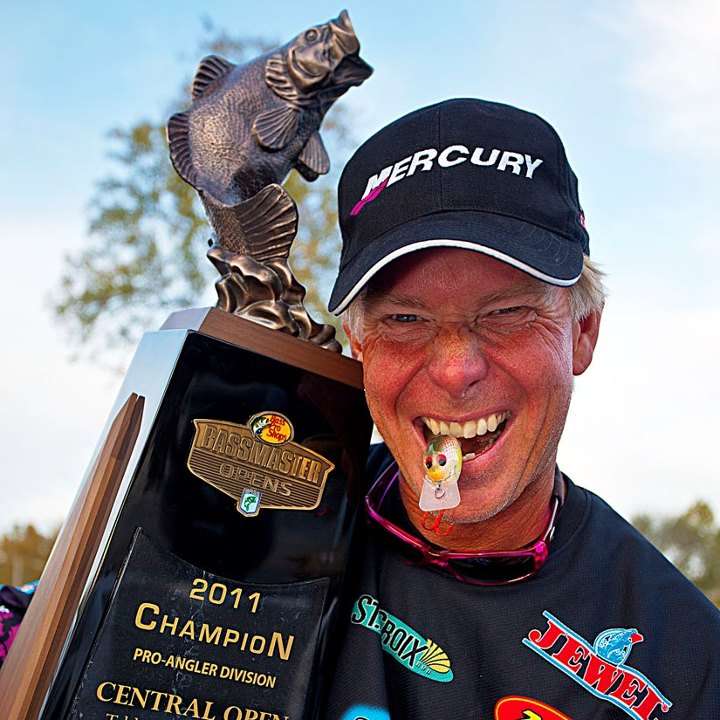
WAGONER, Okla. — Kevin Short is one of the most fun-loving guys on the Bassmaster Tournament Trail. He’s always quick with a joke and a laugh. But he’s anti-social around community holes.
Community holes are the most popular spots on a given lake. Day in and out they get pounded by a steady parade of local anglers. Such is the case at the Bass Pro Shops Bassmaster Central Open, where Short leads the tournament on Fort Gibson Lake.
Only difference here is that community holes are so widespread it’s difficult to avoid them. Blame that on local angler and fellow pro Tommy Biffle. He’s left a trail of community holes over the years on Fort Gibson that stretch from the dam to the lake’s headwaters. Virtually anywhere that Biffle has won a tournament (and there have been many) is a community hole.
Short steers clear of the Biffle enshrined community holes on Fort Gibson. He follows that same course elsewhere.
“Just yesterday I was near one of them,” he recalled. “Within an hour five boats came through and fished the same spot. Guys in separate boats used identical baits and techniques. Not one fish in the boat.”
Community holes are most popular on flood-control reservoirs. Anglers sink brushpiles and other manmade habitat at strategic locations. Most holes are located near channels, where the structures create ambush points and current breaks attractive to the bass.
Short has decoded the community hole pattern that is common in most areas he visits. He’s found that community hole builders sink habitat at consistent depths. Where you find brushpiles at 20 feet on a given point, you can bet there will be others at the next similar area.
Community holes can be productive for that reason. Fishing pressure is the downside. There are only so many bass to go around. Then, there’s the social side of community hole fishing.
Biffle knows the ugly side of that all too well. At Fort Gibson he’s fished a productive spot only to have local anglers converge there upon his departure.
“They get hammered and the fish get really spooky,” he said. Or even worse, the fish just vanish.
Another drawback to fishing community holes is the pinpoint technology of GPS. Years ago, finding a community hole required sometimes-tricky triangulation of shoreline features to line up with a single brushpile. Now, all it takes to find one is lining the boat up with the GPS waypoint.
Short’s remedy for fishing community holes is relatively simple. It’s working at Fort Gibson and the reason why he’s leading the tournament.
“I’ve found the same artificial habitat is used to make them,” he said. “So what I do is look for what makes up the community holes on a given lake. And then go look for something completely different.”
Short also determines the baseline depth of the artificial habitat. Then he fishes shallower or deeper to find that something different. He avoids boxing himself into making that determination on manmade habitat.
“Something different can be areas that hold bigger shad, or a different kind of rock,” he observed.
In other words, being anti-social forces you to think beyond following the crowd and not thinking at all. And that can make you the most popular guy in the tournament, like it or not.
At Fort Gibson that guy might just end up being Kevin Short.
